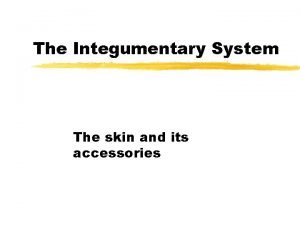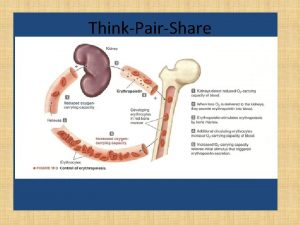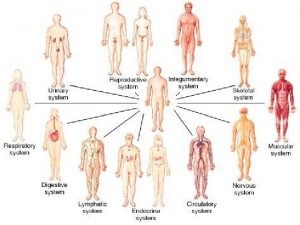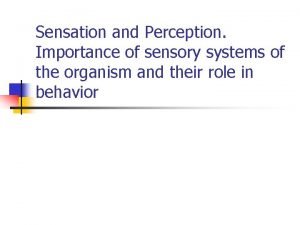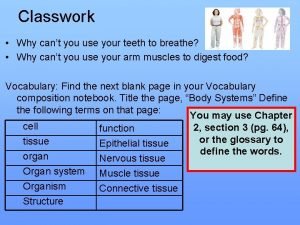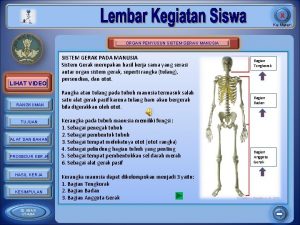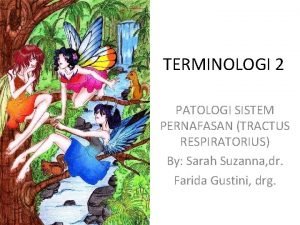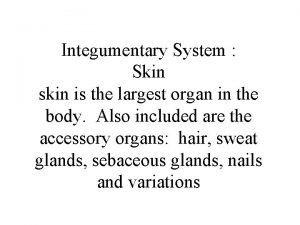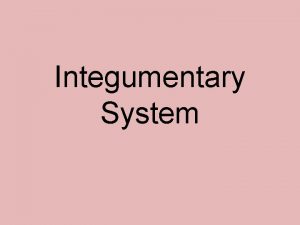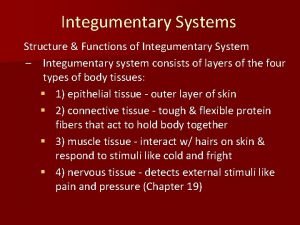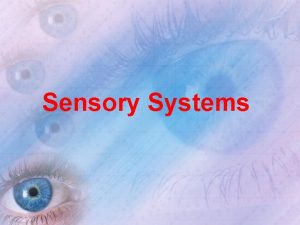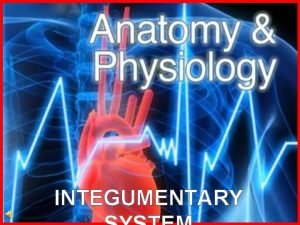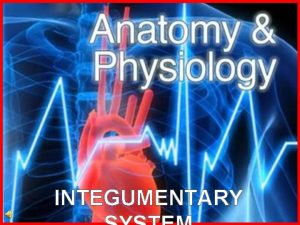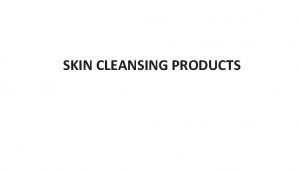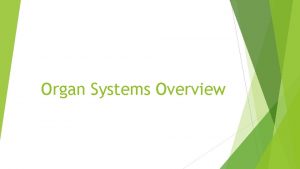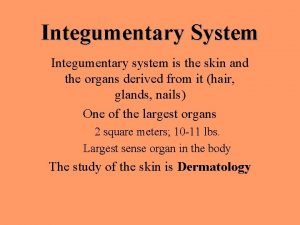Human Organ Systems Skin Integumentary Sensory organ Regulate












- Slides: 12

Human Organ Systems

Skin - Integumentary • Sensory organ • Regulate water loss • Regulate temperature • Protect from UV light (melanin).

Cardiovascular • Moves oxygenated blood to the body and non-oxygenated blood to the heart. • Provides nutrients to the body’s tissues.

Digestive • To help the body extract nutrients from food. • Cilia found in the small and large intestines to increase surface area (absorption).

Endocrine • Releases hormones into the blood stream to maintain homeostasis. • Controls growth, reproductive maturity, reactions to experiences.

Excretory • Removal of waste products from the body. • Kidneys: The body’s janitor.

Immune • Protection from disease (bacteria or virus) • Specific defenses – white blood cells. • Non-specific defenses – skin, mucus, hair, cilia, acids, tears.

Muscular • Help with movement. • Generate heat for the body. • Help with pumping blood (cardiac) and with digestion (smooth).

Nervous • Central nervous system – brain/spinal cord • Peripheral nervous system – all other neurons. • Allows for input of external/internal stimuli.

Respiratory • Provides oxygen to lungs. • Cleans the air • Controlled by diaphragm.

Skeletal • Protect organs, brain. • Allow for muscles to pull/push – movement. • Produce Red blood cells. • Stores fat and minerals (calcium).

Negative Feedback System • Thermostat in your house is an example. • The amount of hormone (or a product) determines how much longer than hormone will be released into the system.
 One square inch of skin contains 2 sensory apparatuses
One square inch of skin contains 2 sensory apparatuses Chapter 36 skeletal muscular and integumentary systems
Chapter 36 skeletal muscular and integumentary systems Organization of the lymphatic system
Organization of the lymphatic system Third gender full body parts pictures
Third gender full body parts pictures Stratum lucidum
Stratum lucidum Thin skin vs thick skin
Thin skin vs thick skin Milady chapter 23 answer key
Milady chapter 23 answer key Sensory systems
Sensory systems Cell tissue organ organ system organism
Cell tissue organ organ system organism Cell to tissue to organ to organ system to organism
Cell to tissue to organ to organ system to organism Organ organ penyusun sistem gerak manusia
Organ organ penyusun sistem gerak manusia Organ and organ system
Organ and organ system Foto rontgen efusi pleura
Foto rontgen efusi pleura
